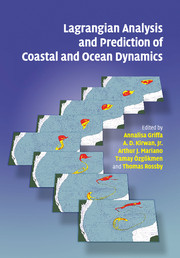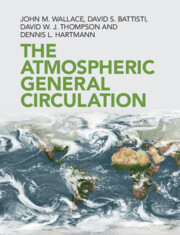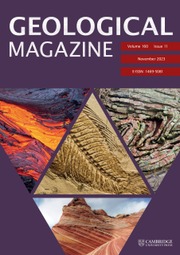Changing Sea Levels
Flooding of coastal communities is one of the major causes of environmental disasters world-wide. This textbook explains how sea levels are affected by astronomical tides, weather effects, ocean circulation and climate trends. Based on courses taught by the author in the U.K. and the U.S., it is aimed at undergraduate students at all levels, with non-basic mathematics being confined to Appendices and a website http://publishing.cambridge.org/resources/0521532183/.
- Provides a cross-disciplinary approach to a topic of great societal and economic importance
- More advanced mathematics, suggested reading lists and links to other resources are supplied on a website (http://publishing.cambridge.org/resources/0521 532183/)
- Includes examples drawn from all parts of the world, based on author's extensive international contacts and experience
Reviews & endorsements
"In summary, I found this book very informative and easy to read. As both a coastal scientist and a university teacher, I found its style excellent. I am sure this book will have strong appeal as a text for a number of undergraduate disciplinary programs." Oceanography, Nick Harvey, Professor and head, Geography and Environmental Studies, The University of Adelaide, South Australia
"The book is well written, extremely topical, and appropriate for nonmathematical scientists.... Undoubtedly, it will be useful for students and postgraduates in a broad range of disciplines. It would also be helpful for many specialists working in adjecent disciplines."
Alexander Rabinovich, Bulletin of the American Meteorological Society
Product details
April 2004Paperback
9780521532181
280 pages
244 × 170 × 15 mm
0.45kg
117 b/w illus. 8 colour illus. 17 tables
Available
Table of Contents
- Preface
- Symbols
- 1. Introduction and measurements
- 2. Tidal forces and patterns
- 3. Analysis and prediction
- 4. Tidal dynamics
- 5. Tides near the coast
- 6. Weather and other effects
- 7. Mean sea level
- 8. Extreme sea levels
- 9. Tidal influences
- Appendix I. Tidal potential
- Appendix II. Glossary
- Appendix III. Further reading
- Appendix IV. Answers to selected questions
- Index.










